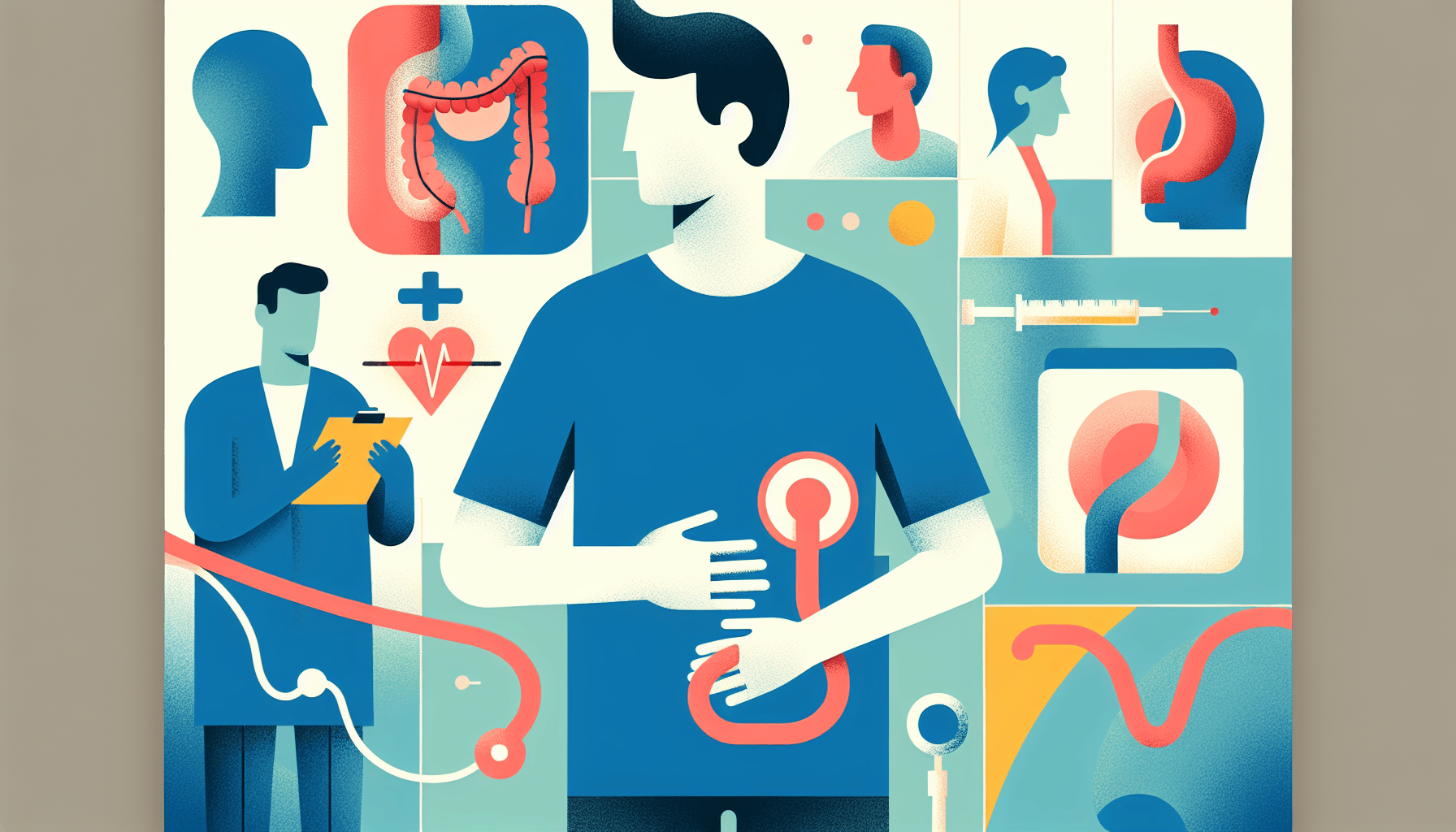Can I Take Zepbound a Day Early?
Key TakeawaysZepbound is a once-weekly injectable medication for weight management and obstructive sleep apnea (OSA) linked to obesity.Taking Zepbound a day early is [...]
Read More
Medically reviewed by Abhijit Bhattacharyya | MD, PhD, MBA, Tufts University School of Medicine - Miami, Florida on May 21st, 2023.
Hirschsprung's disease is a congenital condition that affects newborns, causing problems with bowel movements. Although it can be a serious condition, modern medicine has made it possible for children with Hirschsprung's disease to live relatively normal and healthy lives with proper treatment.
Hirschsprung's disease is a disorder that develops during pregnancy and is present at birth. It occurs when nerve cells in the large intestine are missing, which can cause difficulty with bowel movements. The disease is named after the 19th-century Danish doctor Harald Hirschsprung, who first described the condition in 1888.
The exact cause of Hirschsprung's disease is unknown, but researchers believe it is related to flaws in DNA instructions. In a baby with Hirschsprung's, the nerve cells stop growing at the end of the large intestine, just before the rectum and anus. This means the body can't sense when waste material reaches a certain point, causing a blockage in the digestive system.
Hirschsprung's disease affects about one in every 5,000 newborns
Children with other congenital conditions, such as Down syndrome and heart defects, are more likely to have the disease
Parents who carry the code for Hirschsprung's disease in their genes, especially mothers, may pass it on to their children
Boys are more likely to have Hirschsprung's disease than girls
For the vast majority of people with Hirschsprung's disease, symptoms usually begin within the first 6 weeks of life. In many cases, there are signs within the first 48 hours. Some common symptoms include:
No bowel movements in the first couple of days of life
Swelling in the abdomen
Bloody diarrhea
Vomiting (may be green or brown)
Chronic constipation in older children
Growth issues and fatigue in older children

If your child has symptoms of Hirschsprung's disease, it's important to tell your doctor at once. They can confirm the diagnosis with specific tests, such as:
Contrast enema (also called a barium enema)
Abdominal X-ray
Biopsy of rectal tissue
Anorectal manometry (for older children)
Hirschsprung's disease is a very serious condition, but if found quickly, it can be treated effectively. The main treatment options are:
Pull-through procedure: This surgery removes the part of the large intestine with the missing nerve cells and connects the rest of the intestine directly to the anus.
Ostomy surgery: This surgery routes the intestine to an opening made in the body and attaches an ostomy bag to the outside of the opening to hold the waste from the intestine. This is usually a temporary measure until the child is ready for the pull-through procedure.
After surgery, some children may experience issues with constipation, diarrhea, or incontinence. A small number may develop enterocolitis, a life-threatening infection of the colon. If this happens, take your child to the hospital immediately. However, with proper care, especially a proper diet and plenty of water, these conditions should subside, and most children are able to experience normal bowel movements within a year of treatment.
It's important to remember that Hirschsprung's disease is a lifelong issue that should be monitored. Some children may have bowel issues on and off into adulthood. If you suspect your child has Hirschsprung's disease or if they have been diagnosed with the condition, work closely with your healthcare provider to ensure the best possible outcome.
Key TakeawaysZepbound is a once-weekly injectable medication for weight management and obstructive sleep apnea (OSA) linked to obesity.Taking Zepbound a day early is [...]
Read MoreKey TakeawaysZepbound is an FDA-approved medication for chronic weight management in adults with obesity or overweight, and for moderate to severe obstructive sleep apnea [...]
Read MoreKey TakeawaysZepbound is a once-weekly injectable medication that supports weight loss by activating hormone pathways regulating appetite and digestion.After the first dose, [...]
Read More